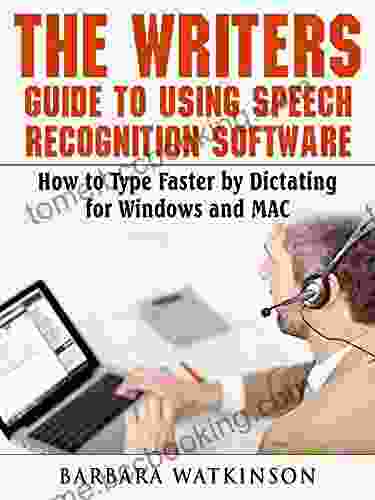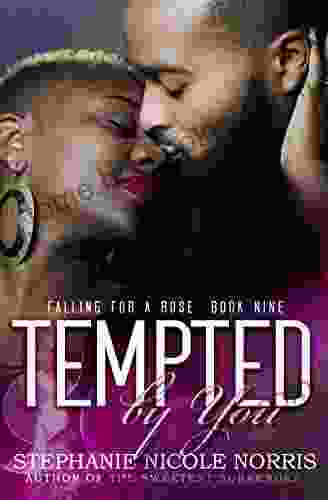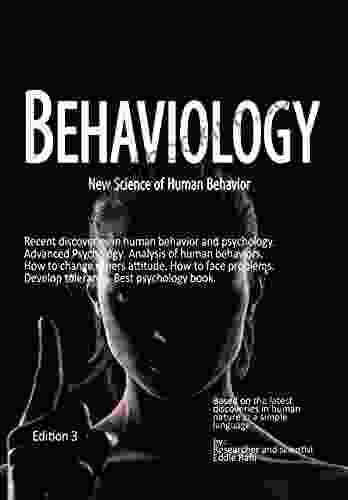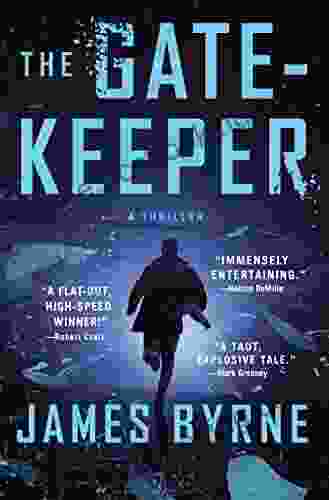The Writer's Guide to Using Speech Recognition Software: How to Type Faster By Talking

Are you a writer who spends hours typing away at your keyboard? Do you ever wish there was a faster way to get your thoughts down on paper? If so, then you need to check out speech recognition software.
Speech recognition software allows you to dictate your words into a microphone, and the software will convert them into text. This can save you a lot of time and effort, and it can also help you to improve your writing productivity.
4.8 out of 5
| Language | : | English |
| File size | : | 1056 KB |
| Text-to-Speech | : | Enabled |
| Enhanced typesetting | : | Enabled |
| Print length | : | 217 pages |
| Screen Reader | : | Supported |
In this article, we will discuss the benefits of using speech recognition software, and we will provide you with a step-by-step guide on how to use it. We will also provide you with tips on how to get the most out of your speech recognition software.
Benefits of Using Speech Recognition Software
There are many benefits to using speech recognition software, including:
- Increased typing speed. Speech recognition software can help you to type faster than you can type manually. This can save you a lot of time, especially if you are writing long documents.
- Reduced fatigue. Typing can be a tiring task, especially if you are ng it for long periods of time. Speech recognition software can help to reduce fatigue by allowing you to dictate your words instead of typing them.
- Improved accuracy. Speech recognition software can help you to improve your accuracy by eliminating typos and other errors.
- Increased productivity. By using speech recognition software, you can increase your productivity by spending less time typing and more time writing.
How to Use Speech Recognition Software
Using speech recognition software is easy. Here are the steps on how to get started:
1. Choose a speech recognition software program. There are many different speech recognition software programs available, so you will need to choose one that is right for you. Some of the most popular programs include Dragon NaturallySpeaking, Nuance Dragon Home, and Google Speech Recognition.
 2. Install the software. Once you have chosen a speech recognition software program, you will need to install it on your computer. The installation process is usually simple and straightforward.
2. Install the software. Once you have chosen a speech recognition software program, you will need to install it on your computer. The installation process is usually simple and straightforward.
 3. Set up your microphone. You will need to connect a microphone to your computer in Free Download to use speech recognition software. Most microphones will work, but you may want to choose a microphone that is designed for speech recognition.
3. Set up your microphone. You will need to connect a microphone to your computer in Free Download to use speech recognition software. Most microphones will work, but you may want to choose a microphone that is designed for speech recognition.
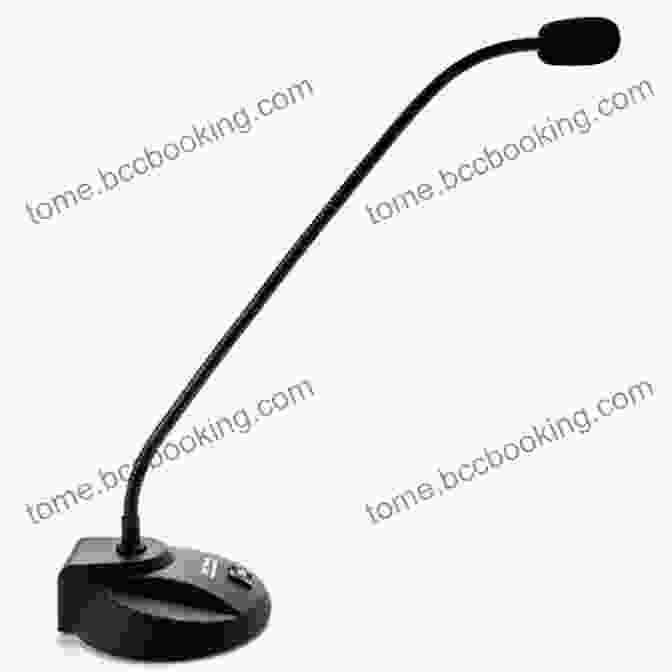 4. Train the software. Most speech recognition software programs require you to train the software to recognize your voice. This involves reading a passage of text aloud into the microphone. The software will then learn to recognize your voice and your speech patterns.
4. Train the software. Most speech recognition software programs require you to train the software to recognize your voice. This involves reading a passage of text aloud into the microphone. The software will then learn to recognize your voice and your speech patterns.
 5. Start using the software. Once you have trained the software, you can start using it to dictate your words. Simply speak into the microphone and the software will convert your words into text.
5. Start using the software. Once you have trained the software, you can start using it to dictate your words. Simply speak into the microphone and the software will convert your words into text.

Tips for Getting the Most Out of Your Speech Recognition Software
Here are a few tips for getting the most out of your speech recognition software:
- Speak clearly and at a normal pace. The software will have difficulty understanding you if you speak too quickly or too softly.
- Use correct grammar and pronunciation. The software will be more accurate if you use correct grammar and pronunciation.
- Train the software regularly. The software will become more accurate over time as you train it.
- Use a good microphone. A good microphone will help the software to better understand your voice.
- Be patient. It takes time to learn how to use speech recognition software effectively.
Speech recognition software can be a valuable tool for writers. It can help you to type faster, reduce fatigue, improve accuracy, and increase productivity. If you are a writer, then I encourage you to give speech recognition software a try.
I hope this article has been helpful. If you have any questions, please feel free to leave a comment below.
4.8 out of 5
| Language | : | English |
| File size | : | 1056 KB |
| Text-to-Speech | : | Enabled |
| Enhanced typesetting | : | Enabled |
| Print length | : | 217 pages |
| Screen Reader | : | Supported |
Do you want to contribute by writing guest posts on this blog?
Please contact us and send us a resume of previous articles that you have written.
 Book
Book Novel
Novel Page
Page Chapter
Chapter Text
Text Story
Story Genre
Genre Reader
Reader Library
Library Paperback
Paperback E-book
E-book Magazine
Magazine Newspaper
Newspaper Paragraph
Paragraph Sentence
Sentence Bookmark
Bookmark Shelf
Shelf Glossary
Glossary Bibliography
Bibliography Foreword
Foreword Preface
Preface Synopsis
Synopsis Annotation
Annotation Footnote
Footnote Manuscript
Manuscript Scroll
Scroll Codex
Codex Tome
Tome Bestseller
Bestseller Classics
Classics Library card
Library card Narrative
Narrative Biography
Biography Autobiography
Autobiography Memoir
Memoir Reference
Reference Encyclopedia
Encyclopedia Eleanor Fitzsimons
Eleanor Fitzsimons Warren Elsmore
Warren Elsmore E Cheng
E Cheng Dustan Woodhouse
Dustan Woodhouse Edith Hall
Edith Hall Kim Cash Tate
Kim Cash Tate Lee Child
Lee Child Dwight Heck
Dwight Heck Elizabeth M Varcarolis
Elizabeth M Varcarolis Justin Coulson
Justin Coulson Elinor J Pinczes
Elinor J Pinczes Dylan Dittrich
Dylan Dittrich Edward Stratemeyer
Edward Stratemeyer John Berendt
John Berendt Lisa Ludwinski
Lisa Ludwinski Ilia Blandina
Ilia Blandina Elizabeth Size
Elizabeth Size Launi Meili
Launi Meili Edward Branigan
Edward Branigan Elizabeth Durden Myers
Elizabeth Durden Myers
Light bulbAdvertise smarter! Our strategic ad space ensures maximum exposure. Reserve your spot today!
 Leon FosterFollow ·9.3k
Leon FosterFollow ·9.3k Bobby HowardFollow ·10k
Bobby HowardFollow ·10k Derek BellFollow ·14.8k
Derek BellFollow ·14.8k Kurt VonnegutFollow ·4.2k
Kurt VonnegutFollow ·4.2k Darrell PowellFollow ·7.3k
Darrell PowellFollow ·7.3k Ken SimmonsFollow ·5.6k
Ken SimmonsFollow ·5.6k Tony CarterFollow ·16.6k
Tony CarterFollow ·16.6k Clay PowellFollow ·3.5k
Clay PowellFollow ·3.5k
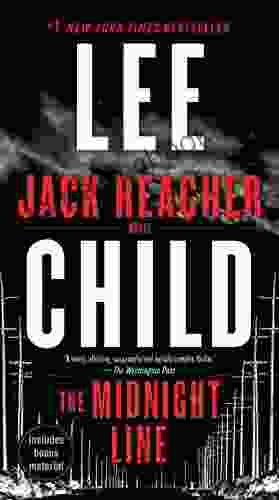
 Clarence Brooks
Clarence BrooksUncover the Secrets in the Dead of Night: Dive into Lee...
Step into the heart-stopping world of Jack...
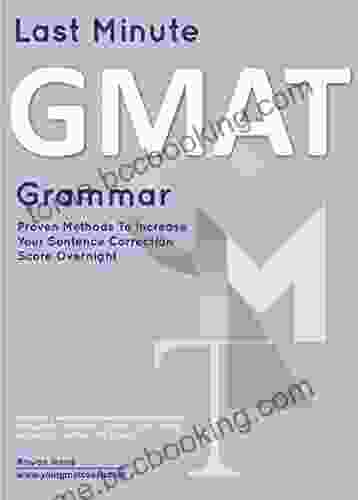
 Clay Powell
Clay PowellAce the GMAT Grammar Section: Your Last-Minute...
The GMAT is a challenging...

 Salman Rushdie
Salman RushdieEmbark on a Heartwarming Journey with "The All Together...
: Immerse yourself in the charming world of...
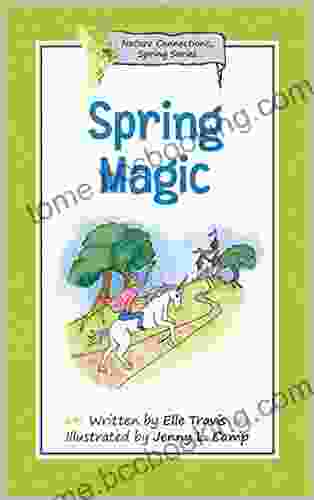
 Dawson Reed
Dawson ReedSpring Magic: Stunningly Illustrated Fun for Kids to...
Welcome to the Enchanting World of...
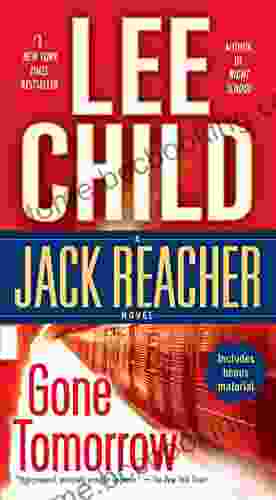
 Bradley Dixon
Bradley DixonGone Tomorrow: A Gripping Thriller by Lee Child that Will...
In the literary realm of thrillers, few...
4.8 out of 5
| Language | : | English |
| File size | : | 1056 KB |
| Text-to-Speech | : | Enabled |
| Enhanced typesetting | : | Enabled |
| Print length | : | 217 pages |
| Screen Reader | : | Supported |


